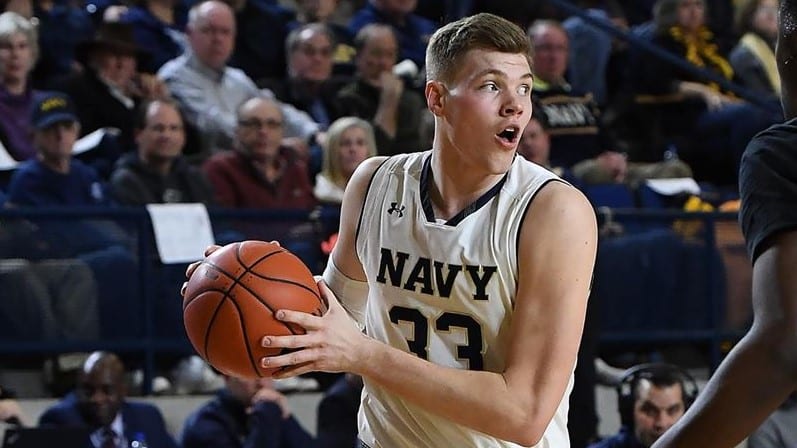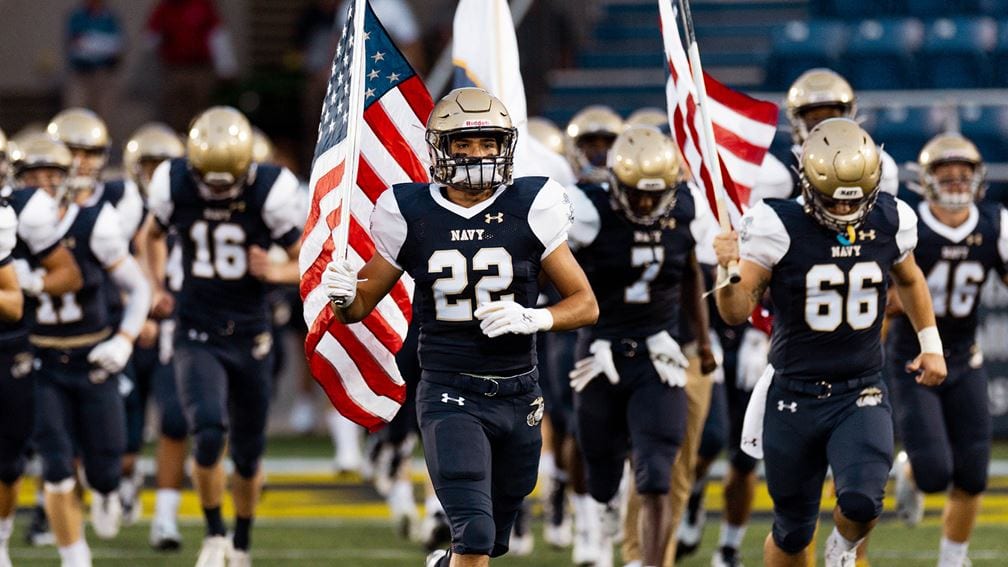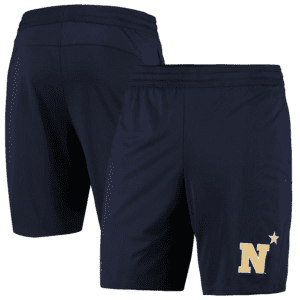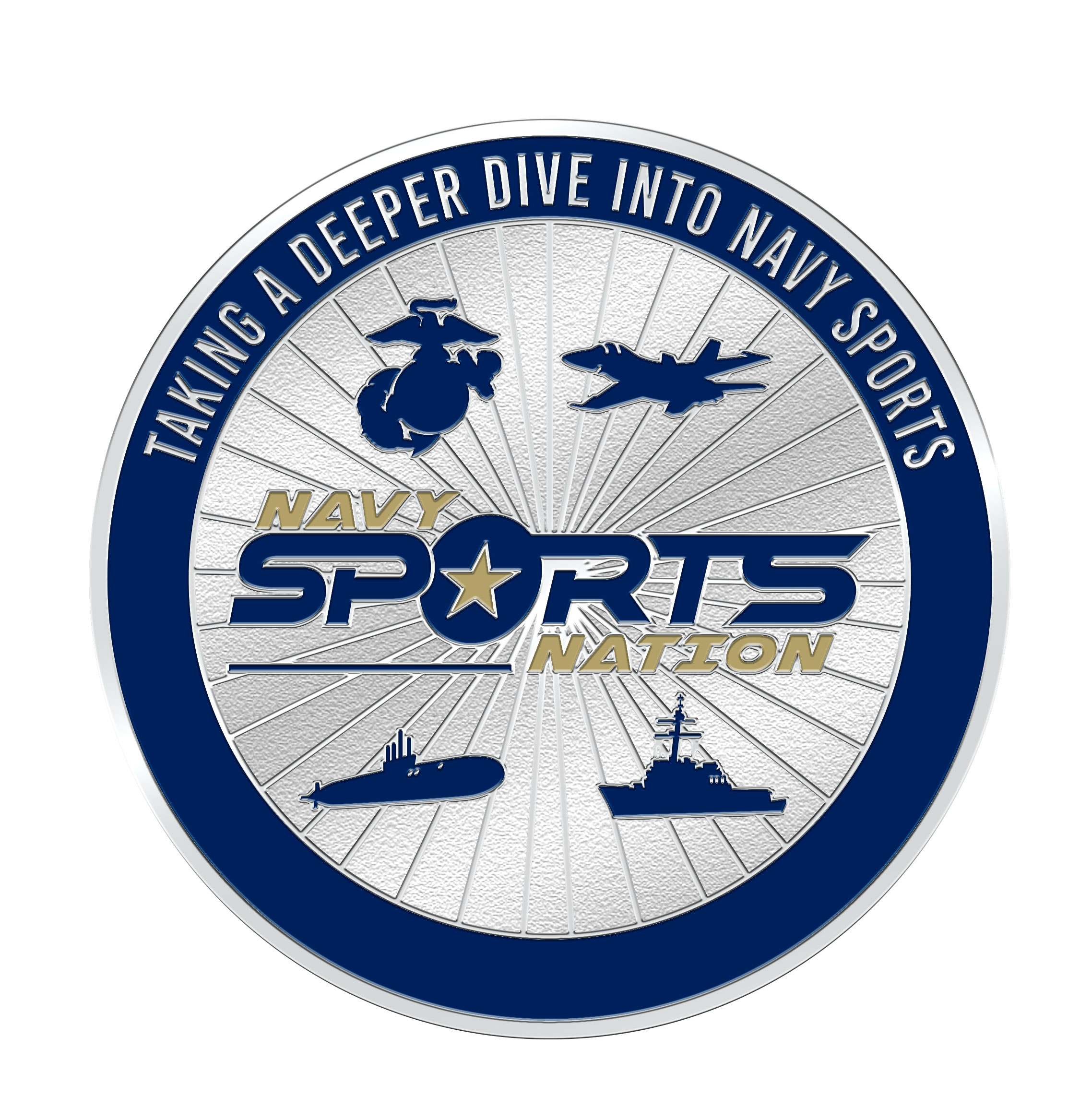The Ultimate Guide to Navy Sprint Football
Navy Football tends to dominate the sports conversation during the fall for obvious reasons. As a result, fans tend to forget that there are other sports being played on campus. In fact, the team we always talk about isn’t even the only football team at the Academy. The other one happens to be the Navy Sprint Football team, and we are going to take some time to learn all about them today.
What Is Sprint Football?
For those of you not familiar with Sprint Football, don’t feel bad. There is only one league consisting of 10 teams, and they are all on the east coast.
What I didn’t know was that it’s been around since 1934. We’ll get into the league history a little later. Before we do that, let’s talk about how Sprint Football compares to the college football we watch on fall Saturdays.
The primary difference is playing weight. Sprint football players are limited to 178 pounds. Even that has gone up since the time I was at Annapolis. Back then, the weight limit was 158, and it was commonly referred to as “The 150s Team, or just “150s”
Besides that, everything else in terms of actually playing the game is the same: number of players on the field, length of game, play clock, etc.
So why did they even come up with this idea to have a league for smaller players? I’d say the main reason might have been self-preservation.
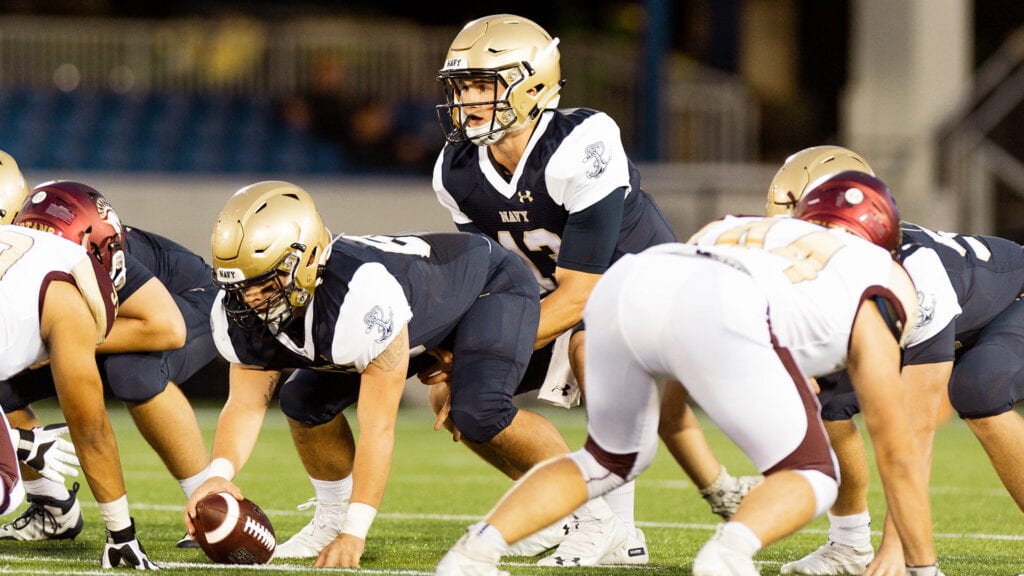
There are plenty of guys out there that would love to play football at the collegiate level. But they’re not all that thrilled that prospect of getting destroyed by an opponent who outweighs them by 40-50 pounds.
Imagine a 160 pound receiver going over the middle on a crossing route. And one step after catching the ball, he’s met by a 200 pound safety coming full speed from the opposite direction.
The resulting collision and perfectly executed form tackle all but separates the receiver from his spleen. I don’t know about you, but I don’t want any part of that.
Neither did the guys who came up with the idea to start this league in the 1930s. So now, let’s find out how it all began.
Football for the “Little” Guy
Actually, it’s more like football for normal sized people. But they are little when compared to the average football player these days. With all the advances in nutrition, strength training, specialized routines for the different sports, the modern athlete is light years ahead of what we saw just 50 years ago.
Back in the 1930s, the college football had grown in popularity. Not everyone who loved to play could compete though. That’s because those who played college football were so much bigger than everyone else.
When the league was first created in 1934, it was known as the Eastern 150 Pound Football League. The original teams mostly came from the Ivy League. Penn is the only remaining charter member.
In the late 1950s, the league changed it’s name to the Eastern Lightweight Football League. And it took on its current name of the College Sprint Football League in 1998.
Navy joined the league in 1946, followed by Army in 1957. Since then, the two teams have pretty much dominated the competition. In the past 72 seasons, either Army or Navy has won the league title an eye-popping 64 times.

Right now there are 10 teams in the CSFL. We’ve already mentioned Penn. And the other Ivy League member is Cornell. The other six teams besides Army and Navy all joined the league in the last 20 years.
Mansfield University’s first season was 2008, followed by Post University coming aboard in 2010. They were followed by Chestnut Hill College (2015), Caldwell University (2017), St. Thomas Aquinas College (2018) and Alderson Broaddus University (2019).
Those are your teams. Now let’s look at the one other thing that makes this league unique.
Making Weight
The weight limits have also changed through the years as athletes have gotten bigger. It was bumped to 172 pounds in 2003. And in 2017, the league raised the limit to the current 178 pounds.
Similar to wrestling, since there are weight limits, they do need to be enforced. To play, all athletes must take part in two weekly weigh ins.
There is a weigh in four days prior to the game. This acts as more of an intermediate check to make sure the players aren’t blowing up their diet after the most recent game. The target weight is 183 or lower. To be eligible to compete though, players need to make the 178 pound limit two days before the game.
So that does it for the particulars. As far has how the weight limits impact the game, the answer is very little.
The product you see on the field isn’t much different. The thing that stands out the most is that all the players are about the same size.
It wouldn’t be all that unusual to see a defensive lineman chasing down a running back in the open field. Those are the kinds of athletes that you can see when you watch a game.
Navy Sprint Football typically has pretty strong teams, as I previously mentioned. Here’s quick primer on the team’s history.
A Winning Tradition
In the 86 years since the College Sprint Football League has been in existence, Navy has been either the outright champion or co-champion 37 times. Army is right behind them with 36.
The Mids won eight of the first ten championships after entering the league in 1946. They’ve also achieved one three-peat in the last 20 years (’07 – ’09).
Their last championship was in 2018. Last season, they beat Army in the Star Match, but lost to them in the CSFL championship game. It was the exact reverse of the 2018 result.
This year, the team looked forward to winning the the trophy back. But the league canceled the season due to corona virus safety concerns. There is a chance that they will put together a spring schedule, though nothing definite has been decided.
Despite the news, the Mids and the Black Knights committed to playing two games this fall. Unfortunately the first one was canceled for undisclosed reasons. The second game is slated for Oct. 25th. Here’s hoping that goes off without a hitch.
The Navy Sprint Offense
I spent some time reviewing the Navy – Penn game from last year. And in those video clips, I never saw the Mids line up in that familiar triple option alignment.
When the quarterback was under center, there was usually a running back lined up behind him. But there were no slot backs.
The offense did seem to favor the pistol formation so they could run a lot of run-pass option plays. I also saw the shotgun used as well as a split backfield with the QB under center.
Regardless of the formation, the offense was more run focused in 2019. In the previous two seasons, the production was a little more balanced.
In 2017, the Mids averaged about 188 rushing yards per game compared to 172 through the air. The following year, it was 200 yards on the ground and 139 passing the ball. Last season, the numbers were 180 yards rushing and 99 passing.

So there is a trend leaning towards running the ball more. That could be due to Navy Sprint Football head coach, Jason Dewald and his influence. He’s a Marine Corps Major entering his third year leading the program.
Whatever the reason, the offense is very efficient. Last season they were first in the league in red zone conversions and second in rushing yards.
The Mids also outscored their opponents by a 30 to 9 margin. So clearly, they were a very productive offensive unit. Now let’s meet a few of the players responsible for this.
Impact Players (Offense)
Braydan Chmiel (QB)

Chmiel started all eight games at quarterback last season as a junior. The lefty from Warrenton, MO led the team in rushing with 423 yards while passing for 462 more. He also started six games the previous season as a sophomore and compiled a 137.86 passer efficiency rating.
Chmiel had a terrific outing against Army in the 2018 CSFL championship game. He ran for 183 yards in leading the Mids to a 24-10 win. If he can put up similar numbers in the upcoming star match on Oct. 25th, the odds of a positive outcome are even better.
Matthew McGee (RB)
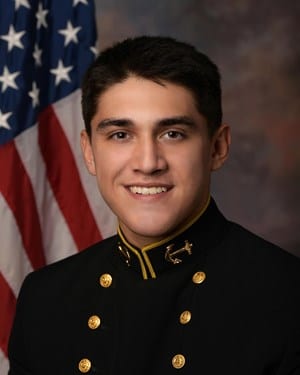
McGee was third on the team in rushing yards behind Chmeil and Caleb Champion (who graduated last spring). He averaged over five yards per carry, so it’s nice to have a back like that who can get the offense into manageable second and third down situations.
The junior from Port Charlotte, FL is versatile as well. He can catch the ball out of the backfield and jump in if needed to return kicks.
So McGee figures to play a more prominent role in the offense now the Champion’s departure. The Navy backfield should be in good shape with him and fellow running back Alex Totta handling things.
As a freshman, Totta averaged an impressive 10.7 yards per carry (197 yards on 18 attempts. He could be a key contributor in the upcoming Army game.
Jim Kenneally (OL)
Those of you who follow the Navy Sports Nation group on Facebook may recall how much value I place on the offensive line. I also talked about this when previewing the Navy – Tulane game last month. An offense without a good line is the same as a car with a screwed up engine. You’re not going anywhere until you get it fixed.
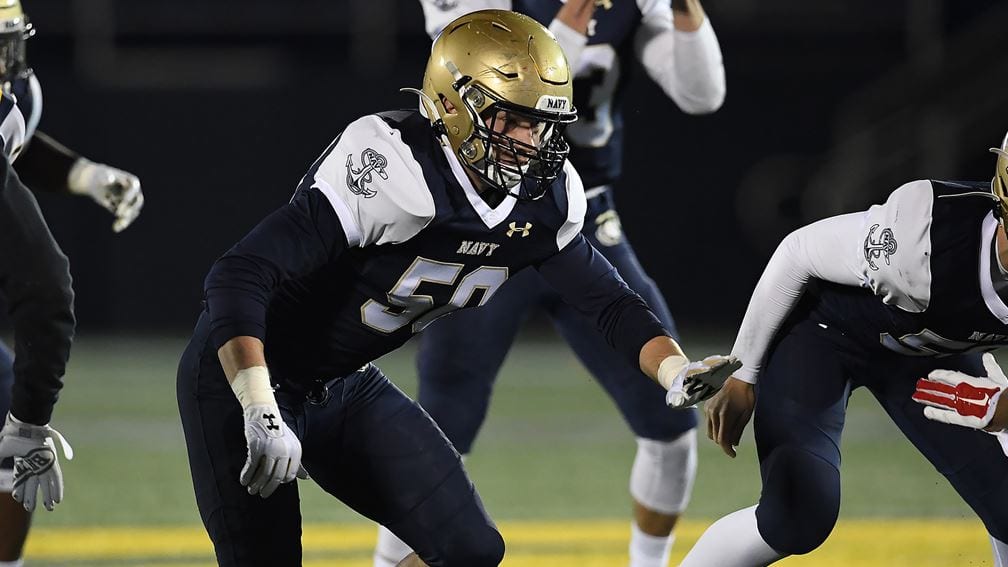
Navy senior Jim Kenneally plays a key role in making sure the offense is firing on all cylinders. He was named to the First Team All-Collegiate Sprint Football League last year. It’s the second consecutive season he has earned that distinction.
Kenneally is also the offensive team captain this year. So his experience and leadership can have a big impact, especially at crunch time.
Jim isn’t the only Kenneally on the team either. His younger brother Ryan is also on the offensive line. He started two games as freshman, so there is a decent chance opposing defenses will be getting a double shot of Kenneally when facing the Navy offense.
That does it for the offense. Now for the defense.
The Navy Sprint Defense
In reviewing the film from the Penn game, the Navy defense likes to go with a 3-4 alignment. This is a preferred defense if you have a lot of athletes who have decent speed and can cover a lot of ground.
The 3-4 defense allows the defensive coordinator the flexibility to blitz from several different angles. And the Mids were successful in getting into the backfield.
In 2019 they sacked the quarterback 22 times, while coming up with 50 tackles for a loss. That translated into 373 negative yards for the opposition.
Impact Players (Defense)
Adam Weissenfelds (DB)
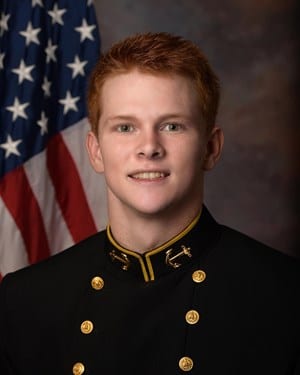
As a sophomore, Weissenfelds proved himself to be a real ball hawk. The Richland, WA native had four interceptions, tying for the team lead.
He also tacked on six pass breakups, including three alone against Army in the Star Match. The combined total of interceptions and pass breakups was the most on the team.
The Navy DB also chipped in with 22 tackles. This included seven solo and one tackle for a loss. He emerged as one of the key players in the secondary as the season progressed.
Weissenfelds’ efforts earned him All Collegiate Sprint Football League Honorable Mention recognition. He helps anchors an opportunistic defensive secondary that looks to cause as much disruption to opposing offenses as they did last year.
Luke Kustra (DL)
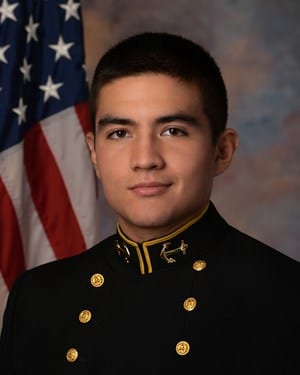
Kustra was second last season in sacks and tackles for a loss. He was also third on the team in total tackles, had a fumble recovery, a blocked kick and one pass break up. That speaks to the fact that Kustra is someone who can cover a lot of real estate from his position.
The standout from Vienna, VA also earned first team honors based on his performance in the 2019 campaign. And his presence on the defensive line should continue to create problems for anyone who lines up opposite him.
Grant Hooper
Hooper has been one of the starting defensive backs ever since he arrived at Annapolis. He’s earned first team CSFL honors in each of the last two seasons.

When it came time to select a defensive team captain for the season, Hooper was a logical choice. He’s a consistent tackler, averaging 20 a year. And in 2019, he recorded an interception in three straight games including the Star Match.
These three defenders were instrumental in the team holding opponents to a paltry nine points per game. I know they are eager to get another shot at Army in this year’s Star Match; especially after the Black Knights denied them a second straight CSFL championship last season.
That’s Navy Sprint Football
So now you’re up to speed on “Navy’s other football team.” These athletes may not be as big on average. But they are athletic and they play with a lot of speed and agility.
The offense uses a variety of formations including the pistol and shotgun. Last season, they relied on the running game more than the pass by about a two to one margin. That turned out to be a pretty good formula because they averaged 30 points a game.
On defense, the Mids are pretty stingy. Last year, they didn’t give up a lot of big plays and they limited opponents to a total of 12 trips into the red zone the entire season. Teams that can do that end up winning pretty consistently.
Now that you are more familiar with the team, I hope you’ll join me in tracking their success. Unfortunately, the fall schedule was gutted by the pandemic.
The Mids are pretty fortunate to be even playing one game this fall. But all may not be lost. There is still a chance for more football. And if the CSFL does decide to have their season in the spring, the Navy Sprint Football team could be playing for another championship.
Until next time . . .
Thank you Navy Sports!
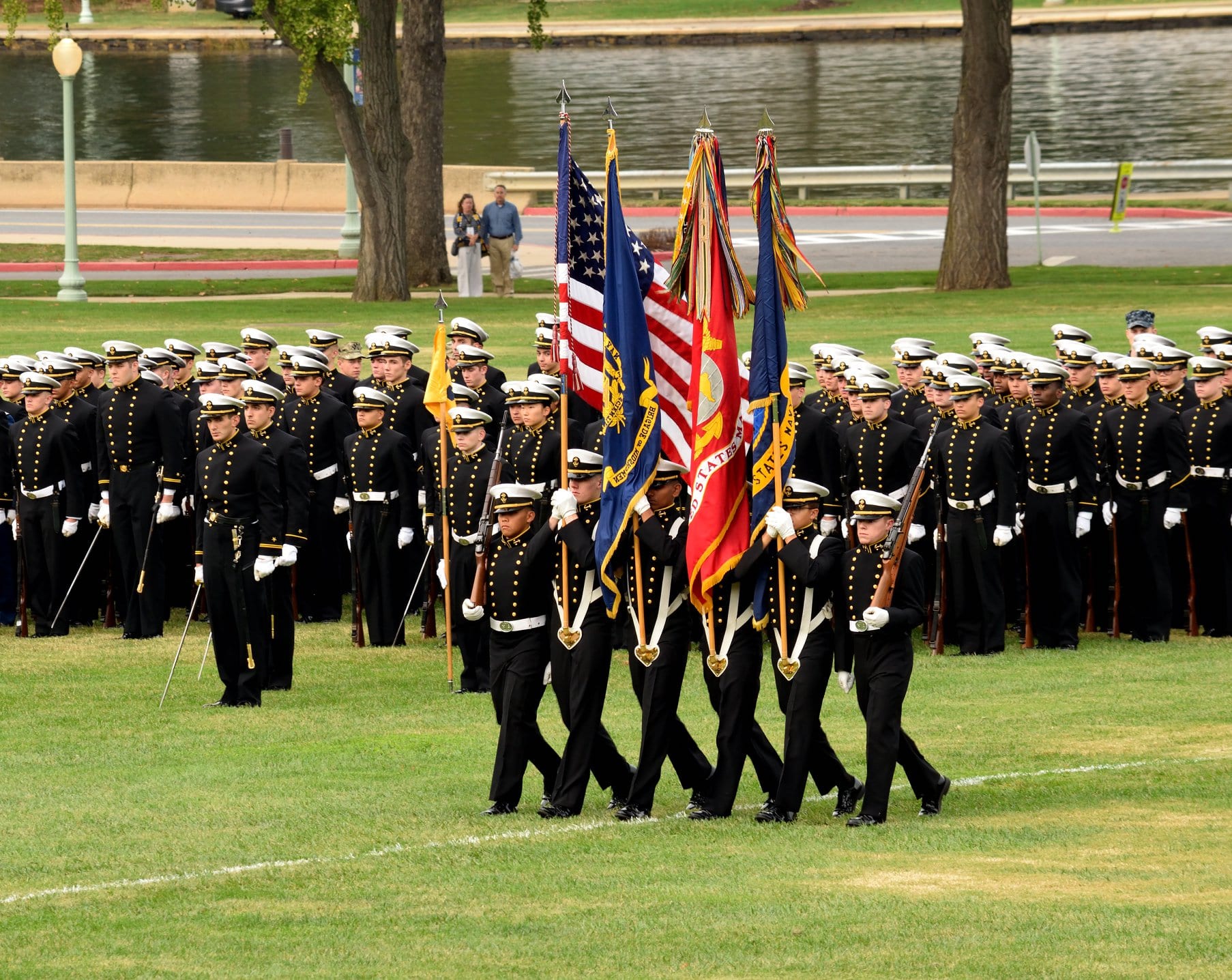
My sincere thanks to Scott Strasemeier, Senior Associate AD for Sports Information at the U.S. Naval Academy for granting permission to use images and video from the Navy Athletics media library. All photos used from this source will be properly credited in the caption. The only exception would be if the photo is used as a feature image where no caption is visible.
Follow Us
Share this story!
Related Links
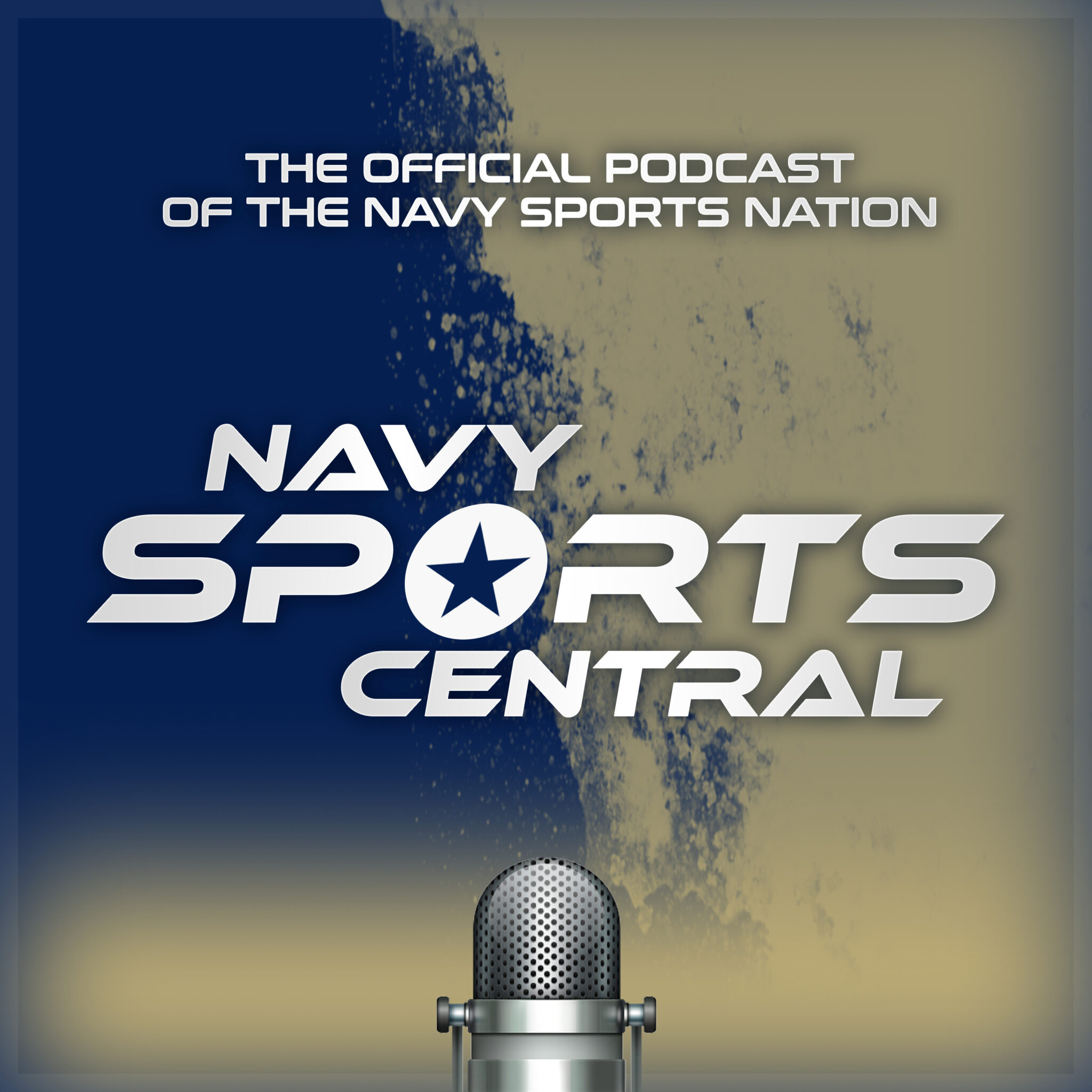
Shop for Merchandise
Featured Products
As an affiliate partner, Fanatics shares a small percentage of each sale through these links with the Navy Sports Nation which will be used to maintain the website. Thanks for your support!
Did you know…
Navy and St.Mary’s are the only two rugby programs in the country that have produced two Rudy Scholz Award winners. The award for the collegiate rugby player of the year was first given out in 2016.
Connor McNerney was the Naval Academy’s first recipient in 2018. This year, Lewis Gray earned that honor. It was a fitting end to his outstanding career.
Favorite Books
Click on the images to buy these two “must have” books for all Navy football fans. As an Amazon associate, I earn from qualifying purchases.
cRA Div. 1 National Championship Highlights
Karl Darden
I am a Navy veteran and a graduate of the U.S. Naval Academy. The idea to start this blog actually came from my classmates. I hope you enjoy reading this content as much as I enjoy writing it. Go Navy!! Beat Army!!
